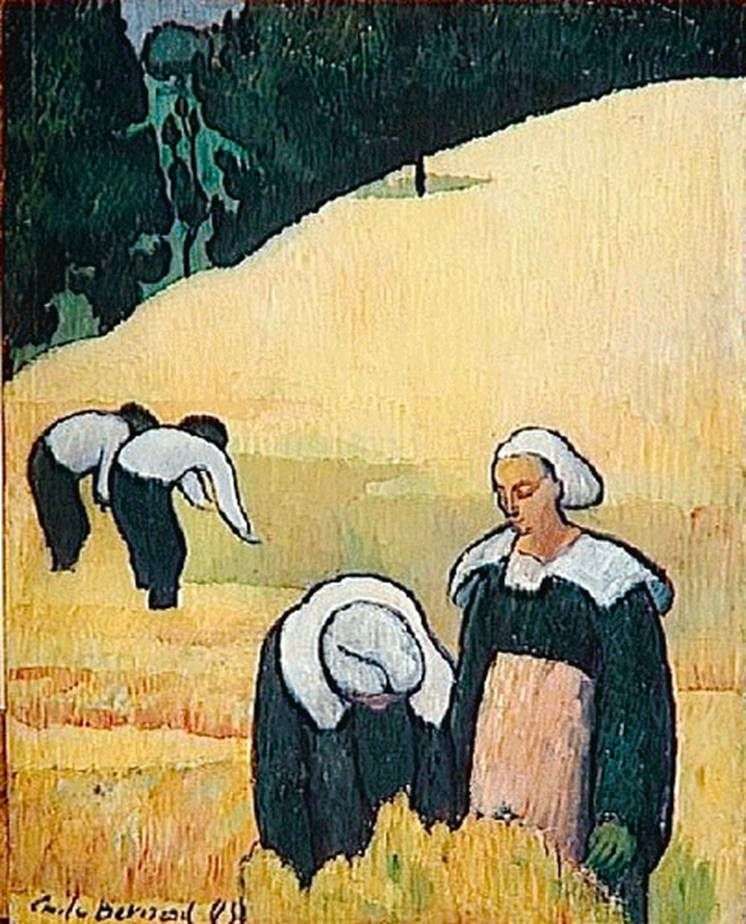
Emil Bernard is a famous French impressionist painter. He studied at the Cormona Academy in Paris, where he met A. de Toulouse-Lautrec, V. Van Gogh, P. Cezanne. During his studies, Bernard became interested in Japanese art, especially Japanese engraving. Pointlessness also attracted his attention.
In Pont-Aven he met with Gauguin, whose idea of creating a generalized form attracted Bernard, and he began to engage in theoretical substantiation of “synthetism.” The essence of Bernard’s ideas was the combination of imaginary images and decorative color spots. According to the artist, the main thing for him was the desire for simplification in order to “reveal the meaning of the image.” Under the influence of the ideas of “synthetism” Bernard turned to the reception of the so-called “cloazonism” – the artist worked as a color spot, closed in a clear contour and creating a form.
Bernard also engaged in graphics, book illustration. The most famous illustrations were made to the “Cantilena” by the symbolist poet J. Moreas. In the 1890s, the artist experienced a spiritual crisis. At this time he turned to religious painting and mysticism. Other famous works: “Bretonki under umbrellas.” 1892. The Musee d’Orsay, Paris; “Clay jug and apples.” 1887. The Musee d’Orsay, Paris; “Madeleine in the forest of love.” V. The Museum of Orsay, Paris.
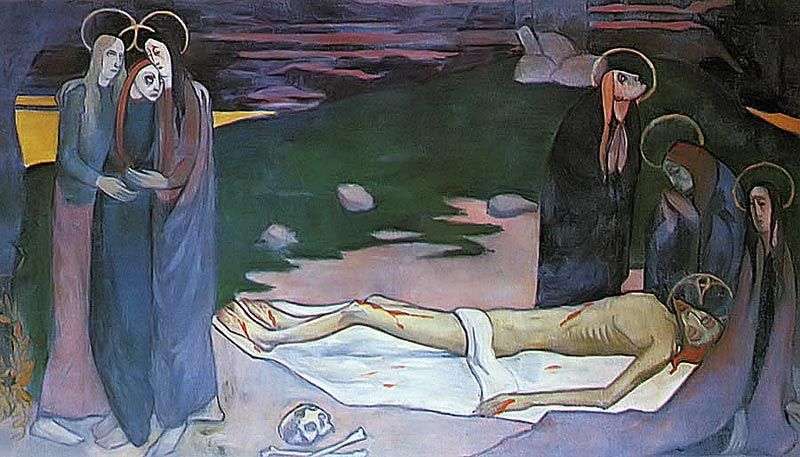 Pieta by Emil Bernard
Pieta by Emil Bernard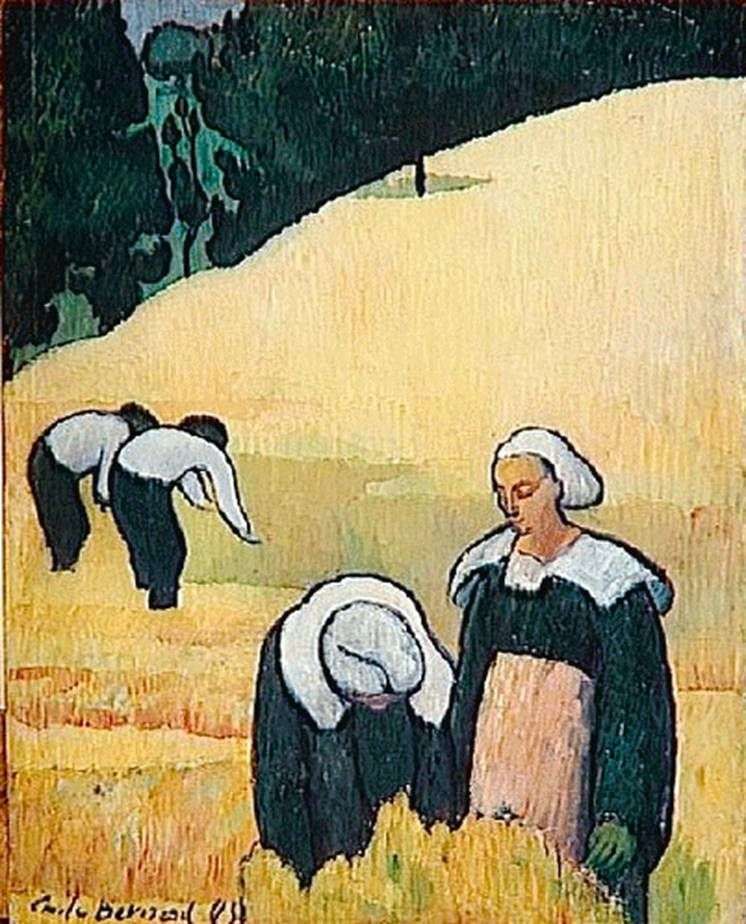 Paisaje bretón – Emile Bernard
Paisaje bretón – Emile Bernard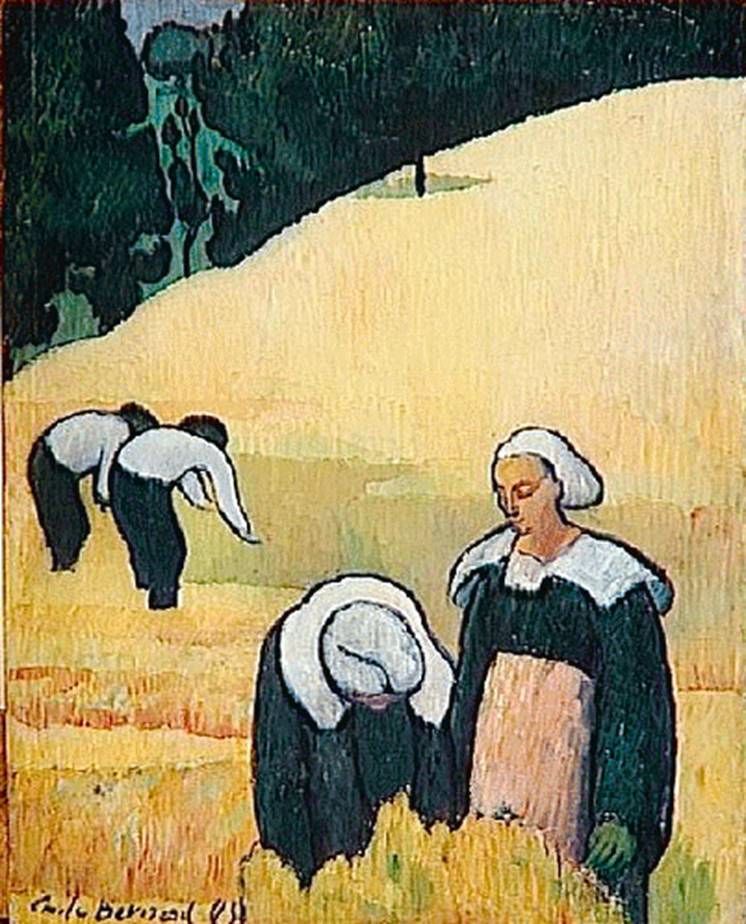 Paysage breton – Emile Bernard
Paysage breton – Emile Bernard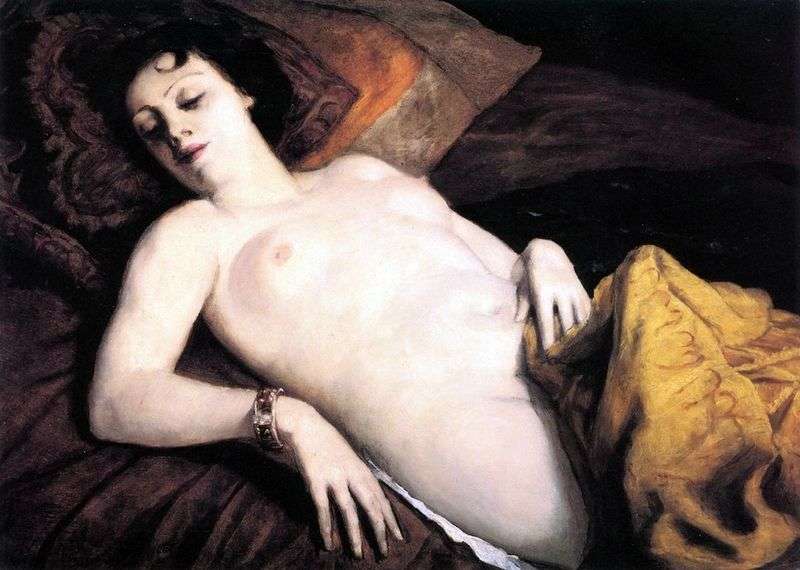 Nude with a bracelet by Emil Bernard
Nude with a bracelet by Emil Bernard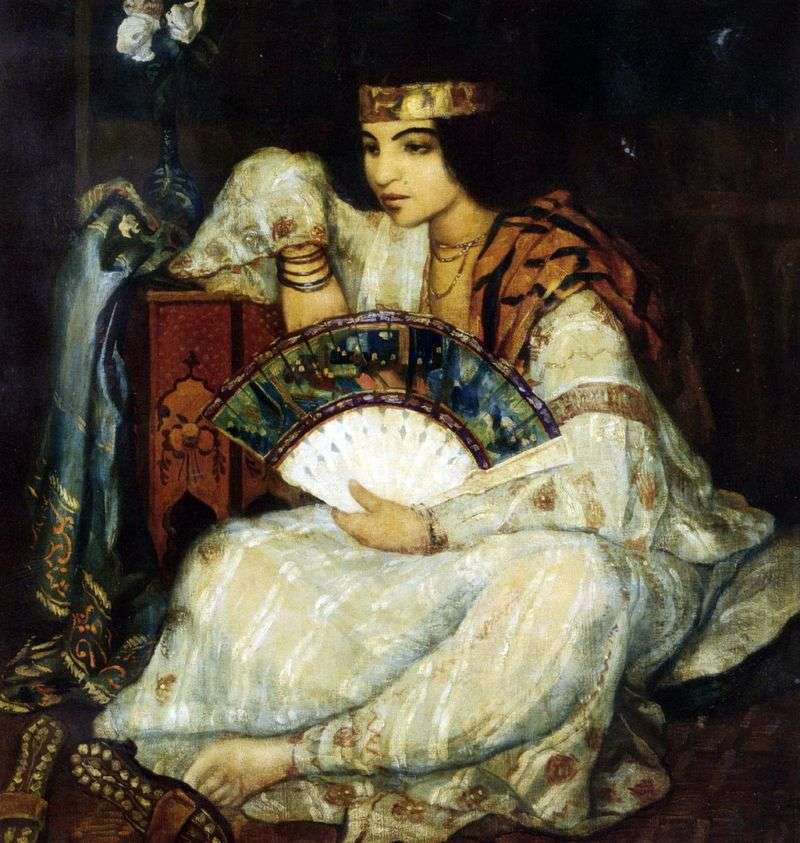 Girl with a Fan by Emil Bernard
Girl with a Fan by Emil Bernard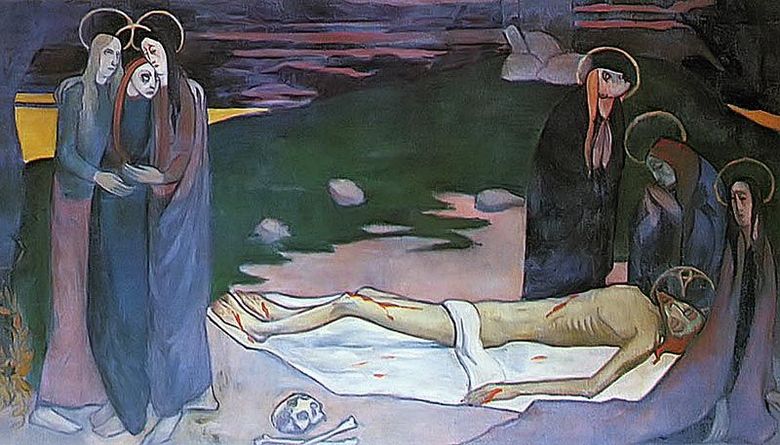 Pieta – Emil Bernard
Pieta – Emil Bernard The Breton landscape with a swineherd by Paul Gauguin
The Breton landscape with a swineherd by Paul Gauguin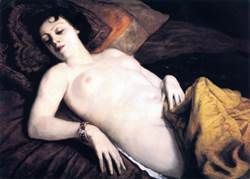 Nu avec un bracelet – Emil Bernard
Nu avec un bracelet – Emil Bernard